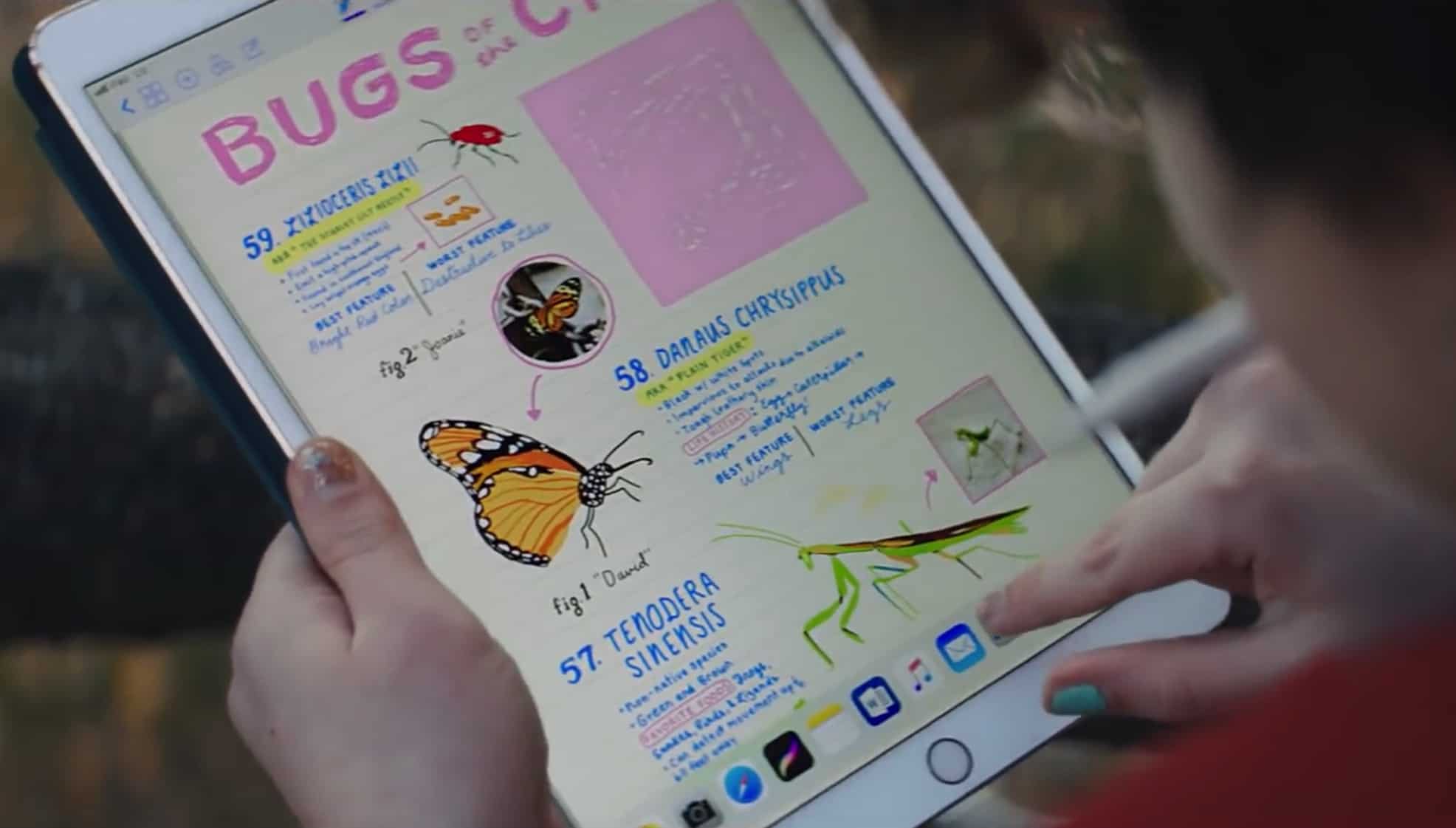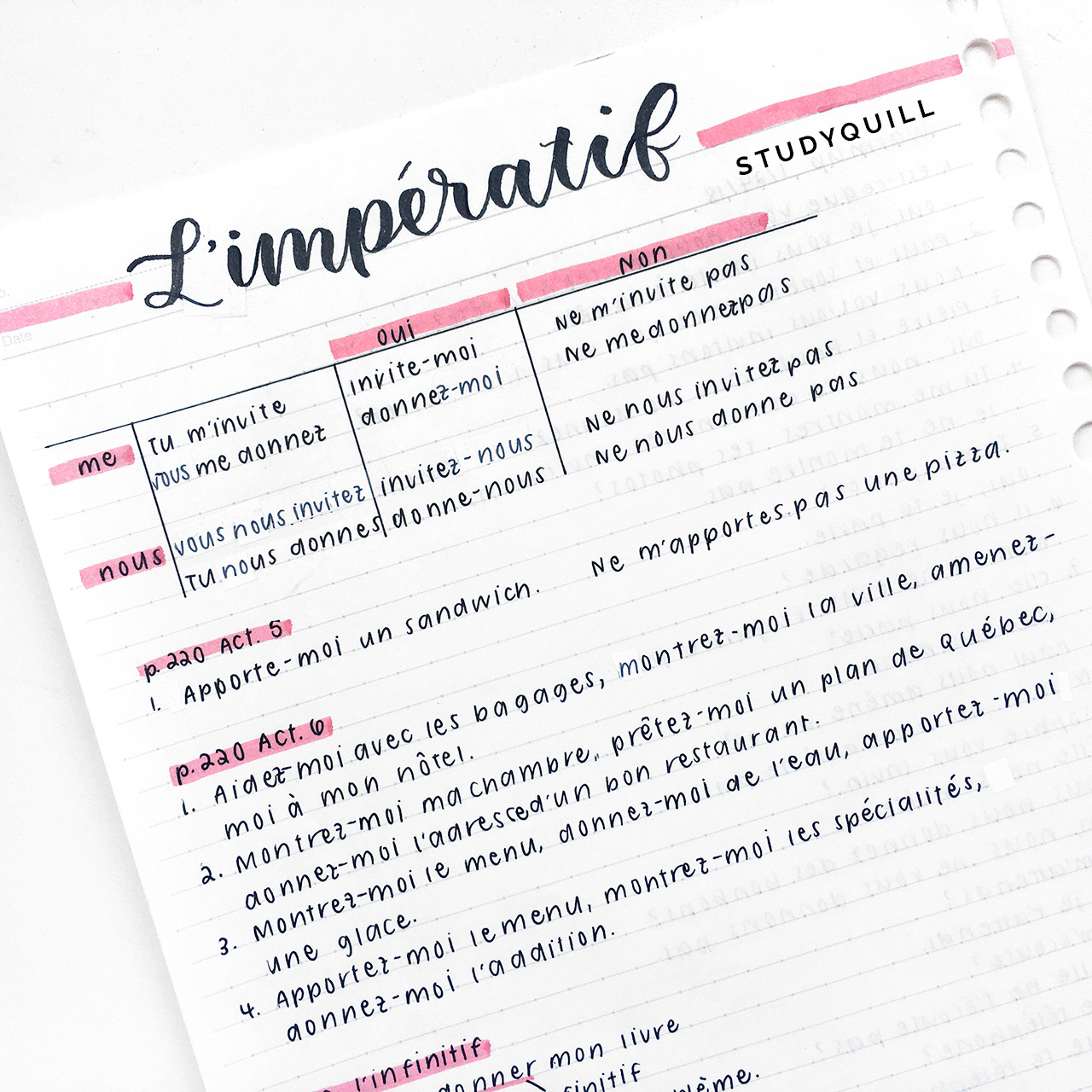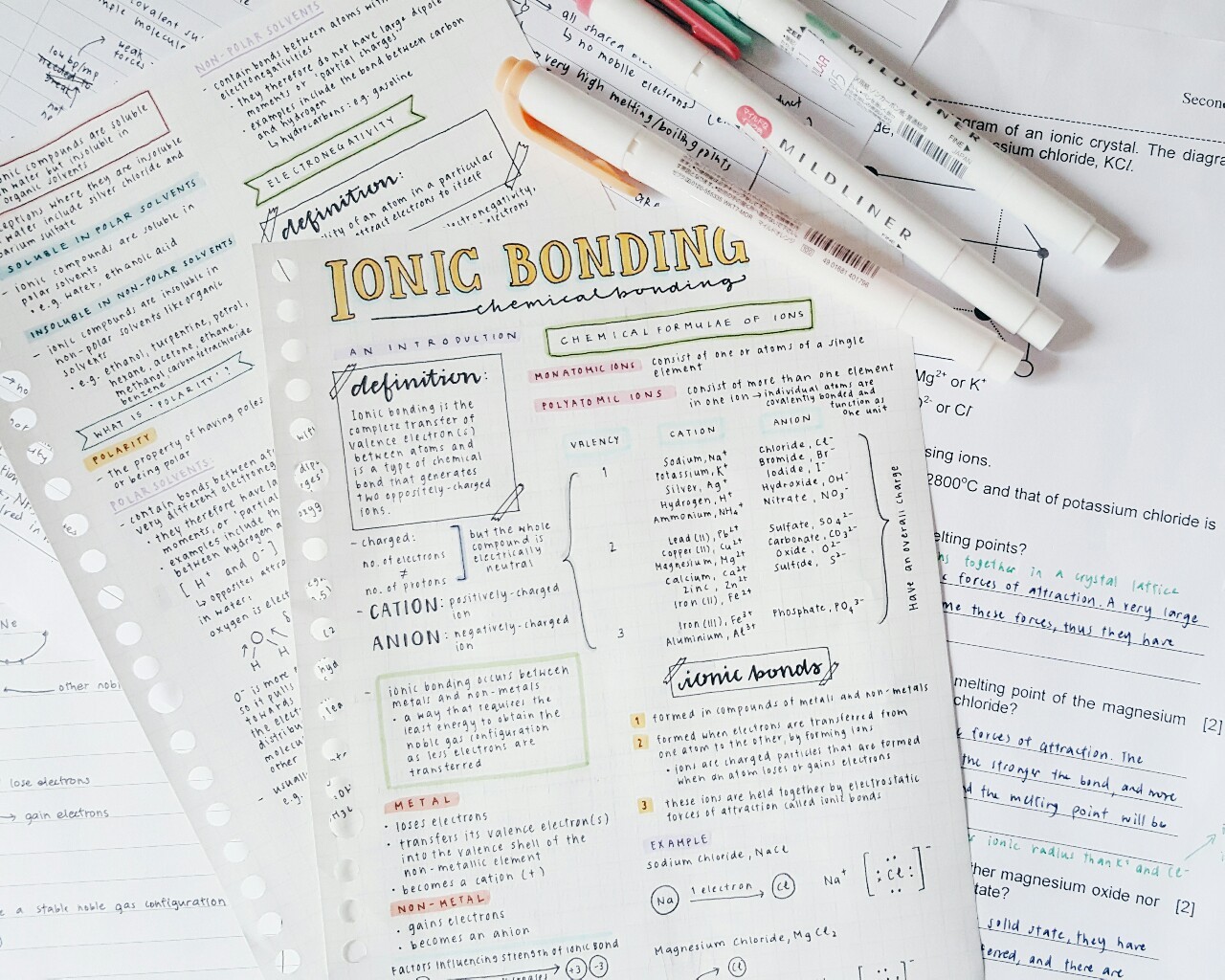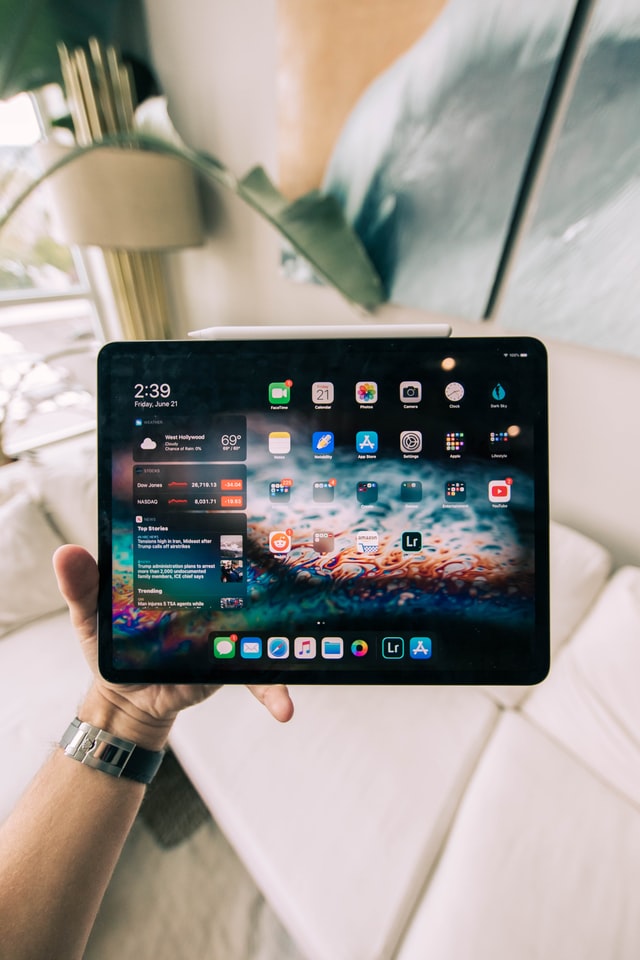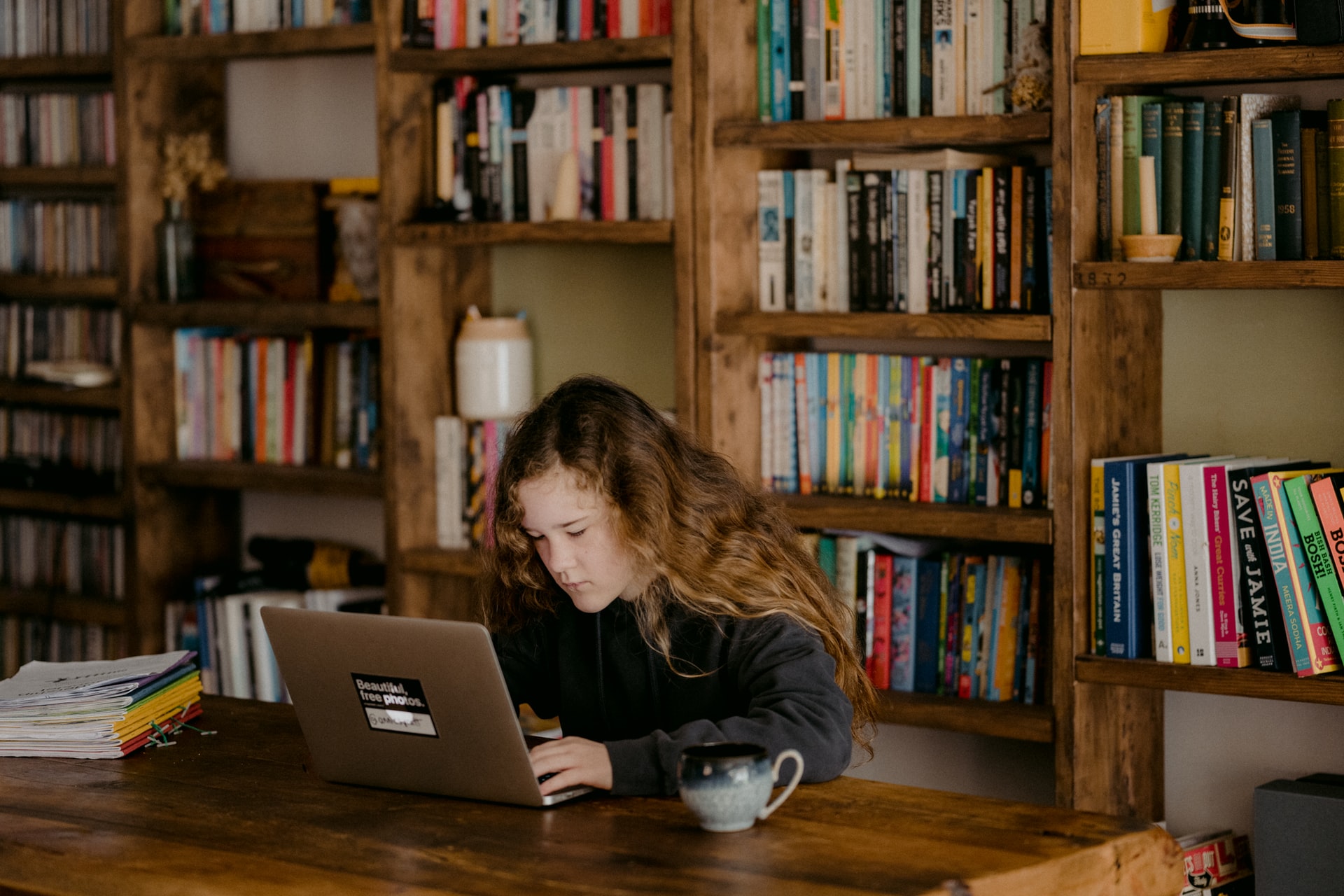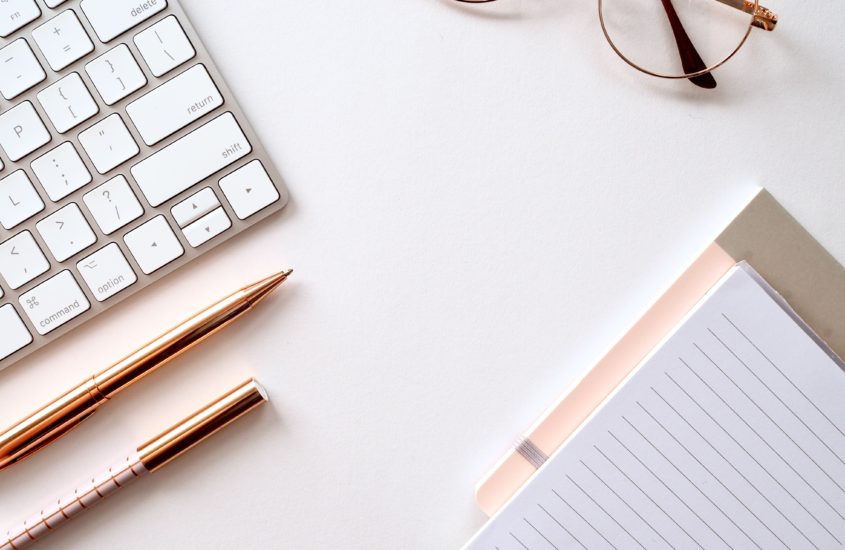
8 Fantastic Study Tips for Visual Learners
Visual learners process information that you can see better than information you hear. Subsequently, they prefer to read over listening to something and write over saying something out loud. That is why the best study tips for visual learners involve graphics and writing. Here are the 8 best study tips for visual learners!
The best study tips for visual learners include watching videos online, making flashcards with images, using a student planner, using a colour coding system, mind mapping, adding graphs or diagrams to notes, using the loci method of memorisation and making a study timetable.
#1 Watch documentaries and videos online about what you are learning
This is my favourite way of learning as I am a visual learner myself. By watching a video about the topic you are currently studying, you are not only broadening your knowledge but also getting a lot more out of the video than what you would from just listening to an equivalent study source. You are more likely to remember information and facts as they are reinforced with images that you will be able to recall at a later date. Also, let’s not forget that this is a super fun way to learn and not a chore at all.
#2 Make flashcards with images
Flashcards if they are made properly and studied with spaced repetition are one of the most effective ways to study. The fantastic news is that as a visual learner, you can make your flashcards even more powerful! It’s really simple – all you need to do is add drawings, diagrams and other images. You could add our own images to these printable flashcards here!
As I mentioned above seeing images increases your likelihood that you will be able to recall something at a later date. And it makes a lot of sense too! If you look back in history, you will notice that before written language was invented, stories and information was passed down generations through paintings with symbolic imagery. Images were one of the first ways to communicate and is still a very strong method of communication due to sight being one of our most important senses.
If you want to learn more about how to study your flashcards with spaced repetition I suggest you read my article on it here.
#3 Use a student planner
A common trait of visual learners is the need to be super organised, often through colour coded stationery, folders and binders. It is also a really good idea to use a student planner to stay organised as a visual learner. You could use a physical paper diary or a really cool hyperlinked tabs digital student planner for an iPad or tablet such as the one I designed that you can find here!
The act of daily planning and physically writing down what you are going to do for the day is really effective for a visual learner as it gives you solid direction for the day and increases your likelihood of achieving everything that you want.
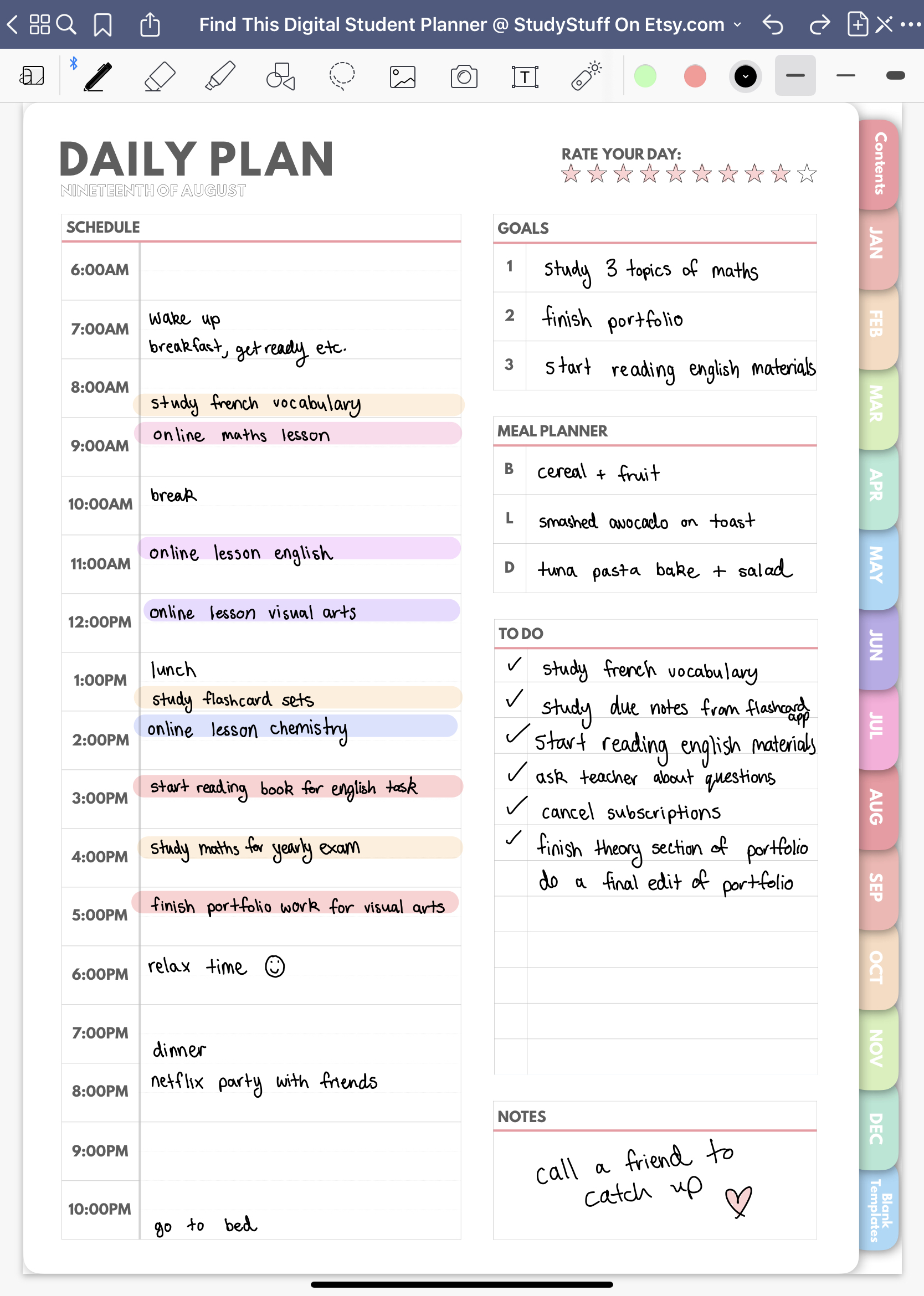
Also the added bonus of using a digital student planner is all the great organisational and study templates that come with it. Just to list a few good ones there is a homework tracker, grade tracker, assessment planner, essay planner, an exam preparation tracker, cornell notes templates and much more!
#4 Use colour coding system
You have probably heard this study tip before but it sure is a good one. It’s a good idea to use a colour coding system in your notes to increase the amount of information you remember and also use a colour coding system your organisation e.g. binder dividers.
You shouldn’t make your colour coding system for your notes too crazy as it will be hard to remember what colour represents what. I suggest sticking to a maximum of three colours.
Here is an example of a colour coding system you could use for your notes:
- Yellow = important concepts, facts and key ideas
- Pink = quotes
- Green = key words and definitions
You can use any colours for your colour coding system. I highly suggest you make your own as it will help you remember it.
#5 Mind map or brainstorm
Planning out your tasks in a very visual way such as a mind map or brainstorm is very effective for visual learners. This type of planning or notes incorporates both writing and images which are the two best methods of learning for visual learners. If you want to learn more about mind mapping notes I suggest you read my article on the 5 best note taking methods.
#6 Add graphs, diagrams and charts to your notes
As you are taking notes you should be actively thinking of ways that you can represent the information you are learning in a visual way. This is most likely going to be a graph, diagram or chart. Check out the really simple way I have included images to improve my learning and memory retention in these notes I took in my 6 tab lined digital notebook on my iPad pro!
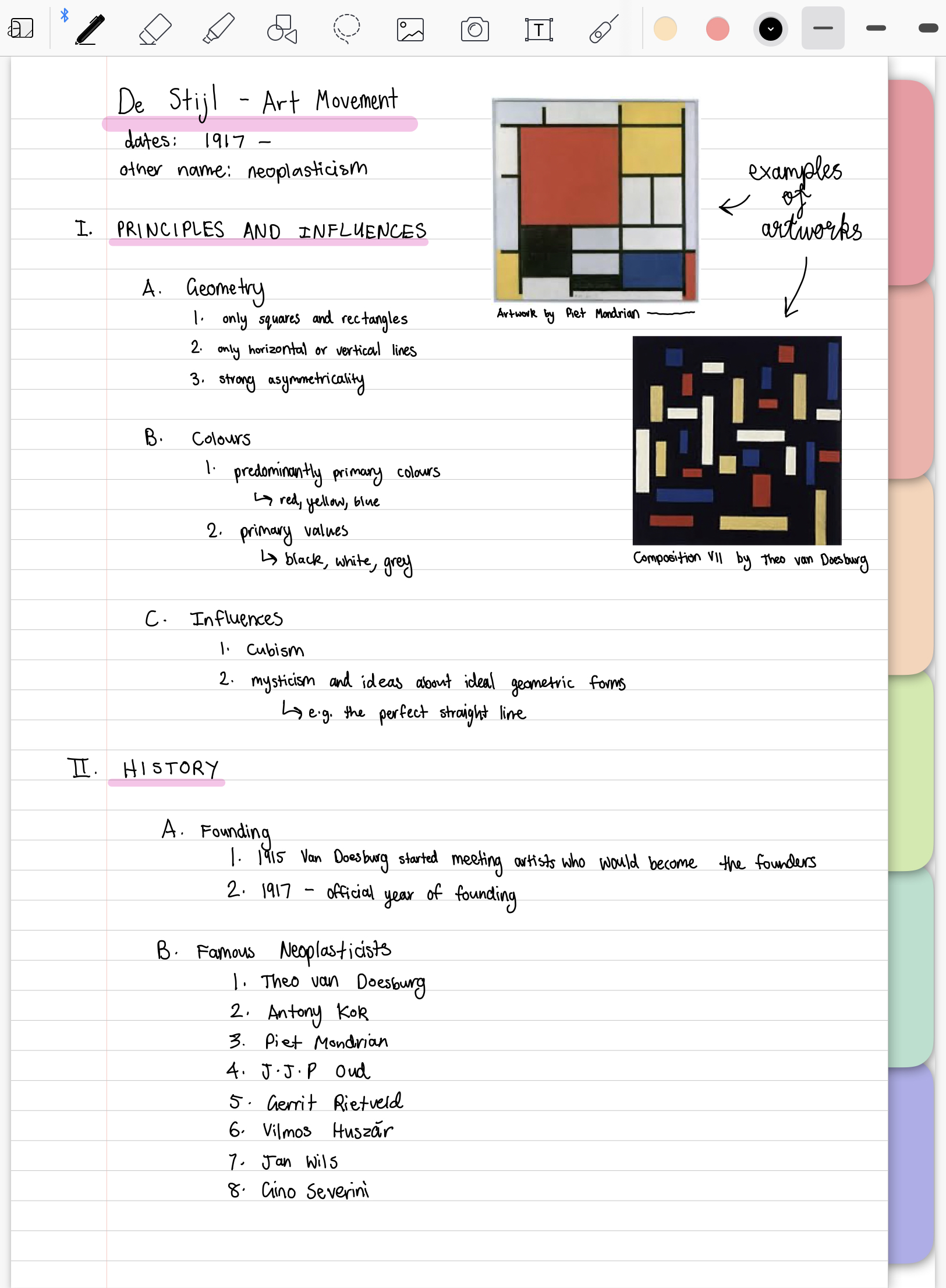
As you can see in the image above, I have included images of the art movement I was studying during my visual arts class. It probably only took me 30 seconds to find the images on google and add them into my notes. As the saying goes an image is equal to a thousand words!
#7 Use the Loci Method to memorise things
If you have never heard of the loci method (aka memory palace technique) before here is a really quick overview.
The method of loci (fun fact: loci means place in latin) is a memory enhancement strategy that requires you visualise familiar environments as a way to improve your recall of information. Pretty much you have a list of things that you need to remember. You visualise a place that you know really well such as your house. Then you pretend to walk through your house and imagine the objects that you see in order. To remember your list you need to assign each element to an object.
Here is a quick example:
You need to memorise the shopping list. This is it:
- Eggs
- Milk
- Bread
(Obviously you would use this technique to memorise much harder things related to school)
For that list this might be your memory palace story:
I walk through my front door and I see a side board on which there is a decorative bowl with eggs in it. I continue walking down the hallway and I turn into my room. There is a big splash of milk on the floor where my rug would usually be. I then look up from the ground and I see a giant loaf of bread lying in my bed…
My biggest tip for using the method of loci is to make your story as strange as possible. You will definitely remember it then.
#8 Make a study schedule and put it in a place that you see often
My final tip for visual learners is to create a revision or study timetable and hang it up in an area of high visibility e.g. above your desk or on the fridge door. This will act as a visual reminder to study and since you are a visual learner you will not forget. Also if you want to learn how to make a super effective revision timetable I suggest you read my article on it here.
If you take notes using your iPad, you need to know these 12 iPad note taking tips! They will make …
There are many different note taking methods that can work well for language learning. To take effective notes for language …
To take pretty notes you need to firstly choose a consistent colour scheme. Next you should draw an eye catching …
To take notes on a PDF on an iPad you need to use a note taking or PDF reading app …
To get motivated to do school work one should set SMART goals, work in a motivating environment, break large projects …
To take aesthetic notes one needs to choose a consistent colour scheme, use eye catching titles and headers, invest in …

